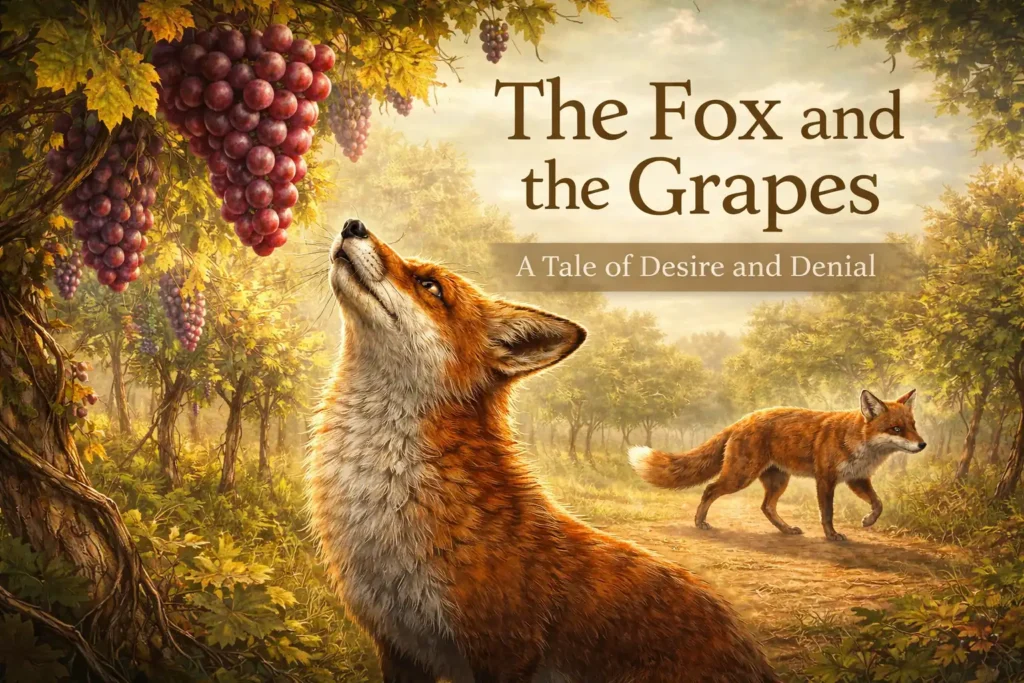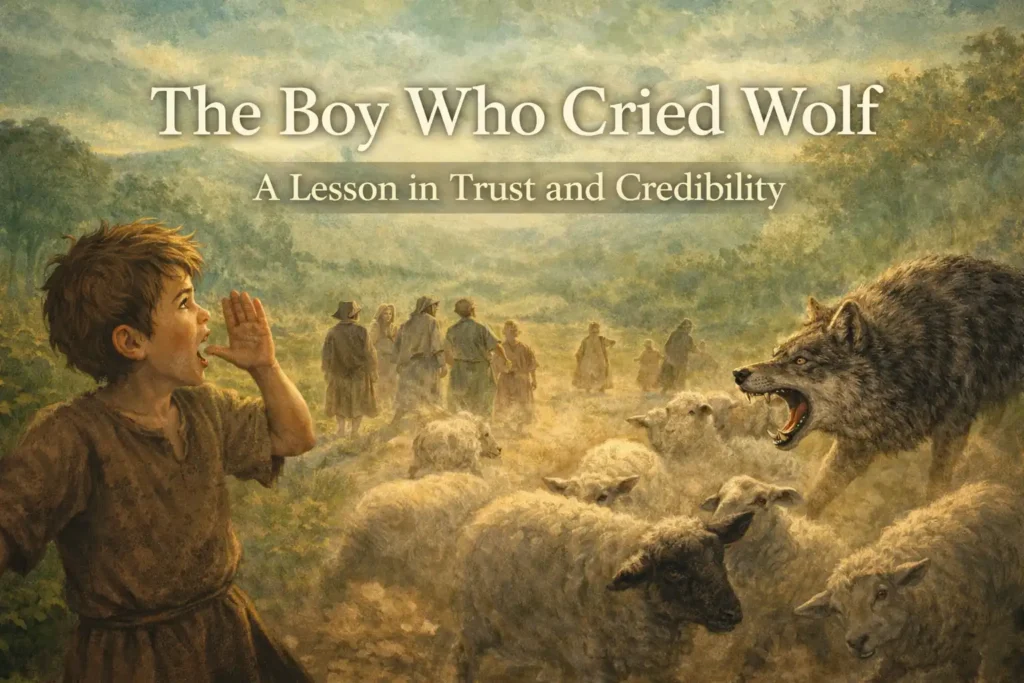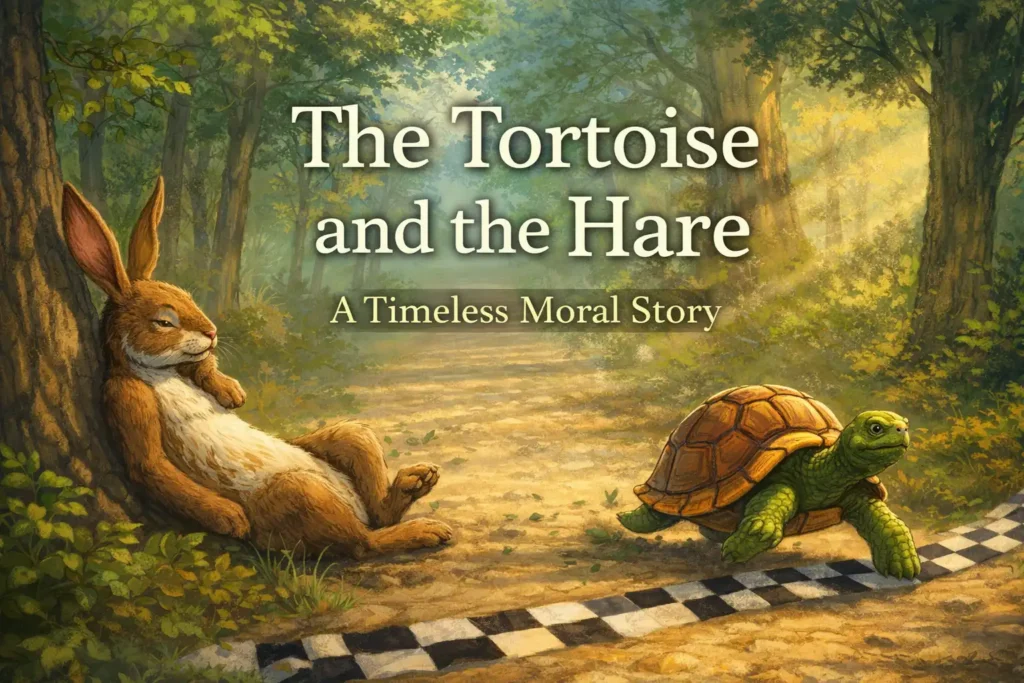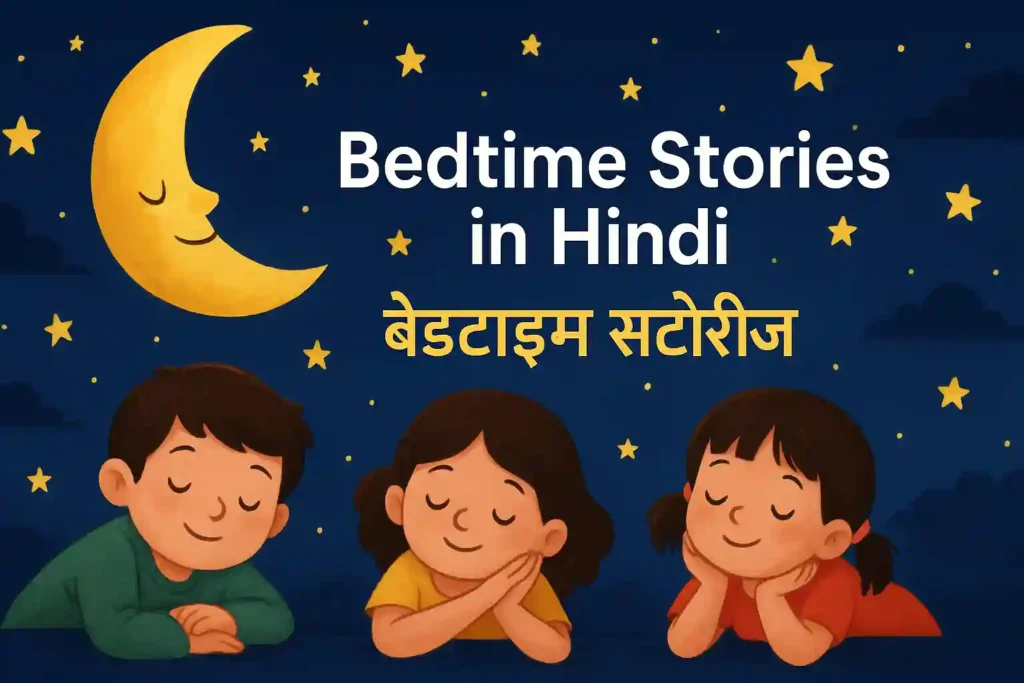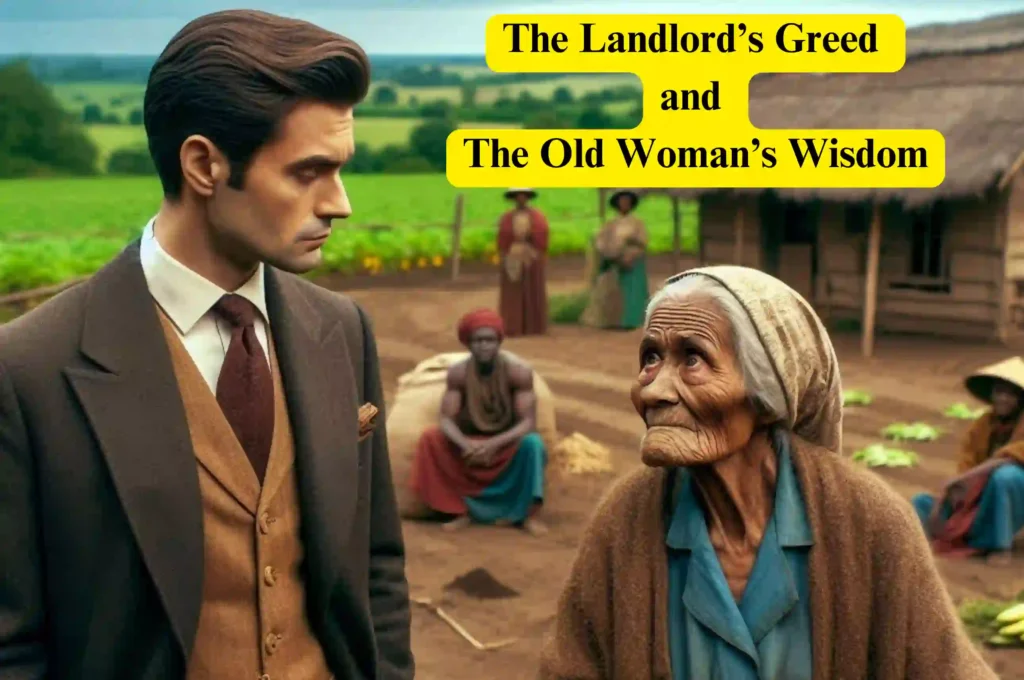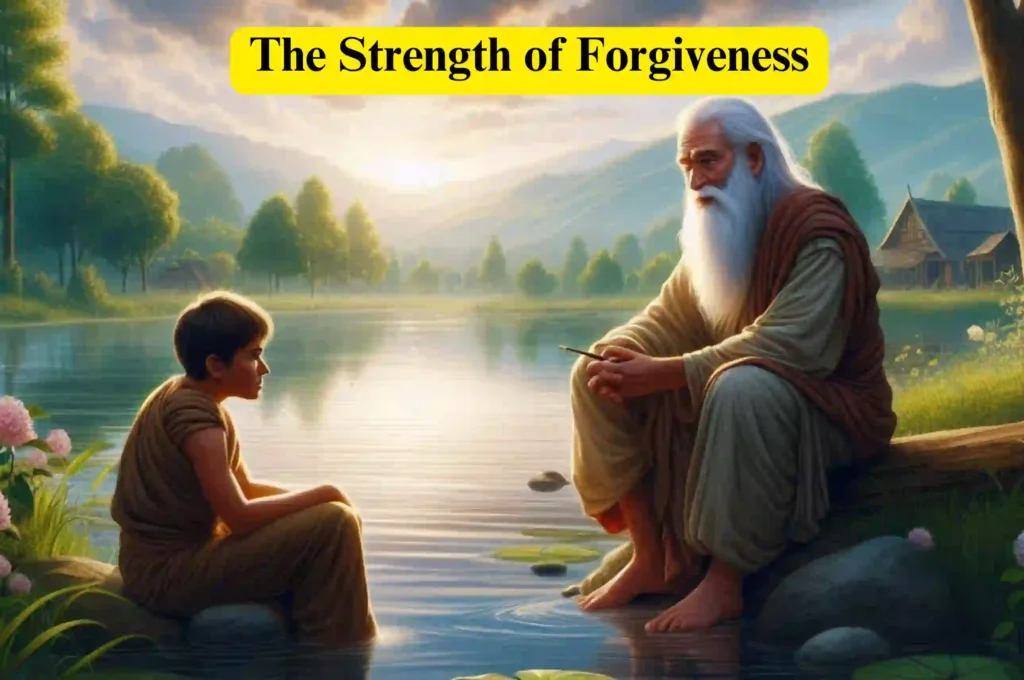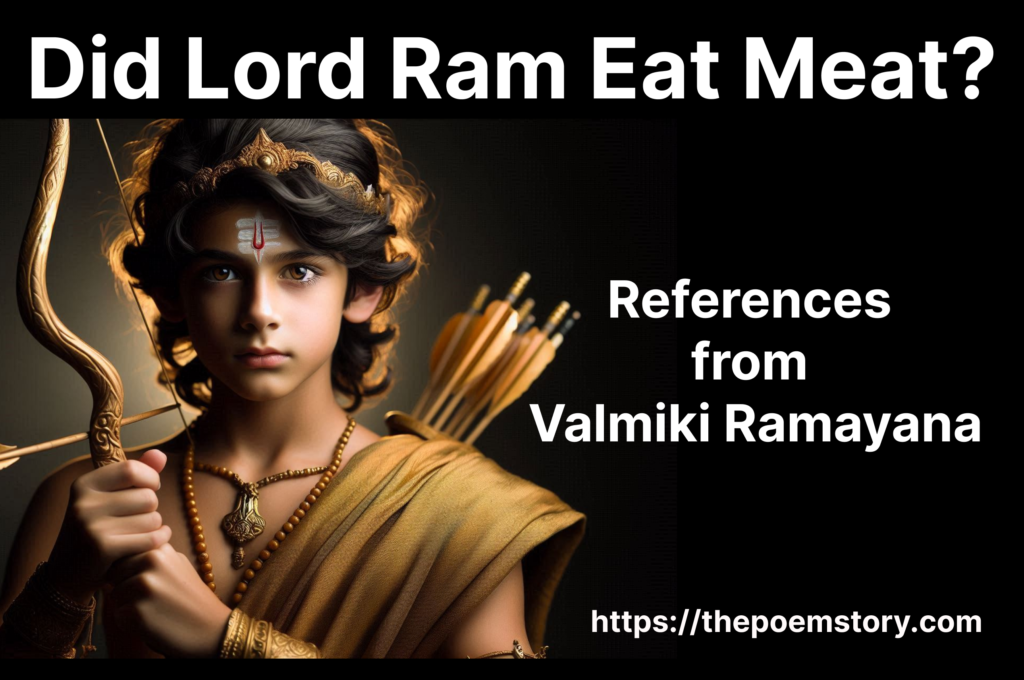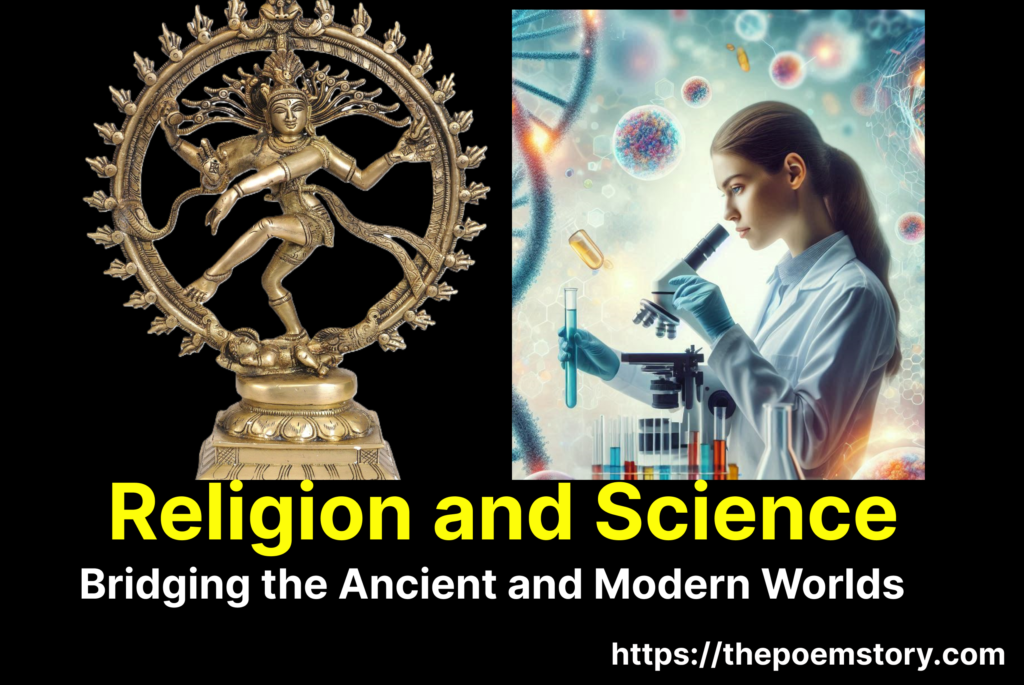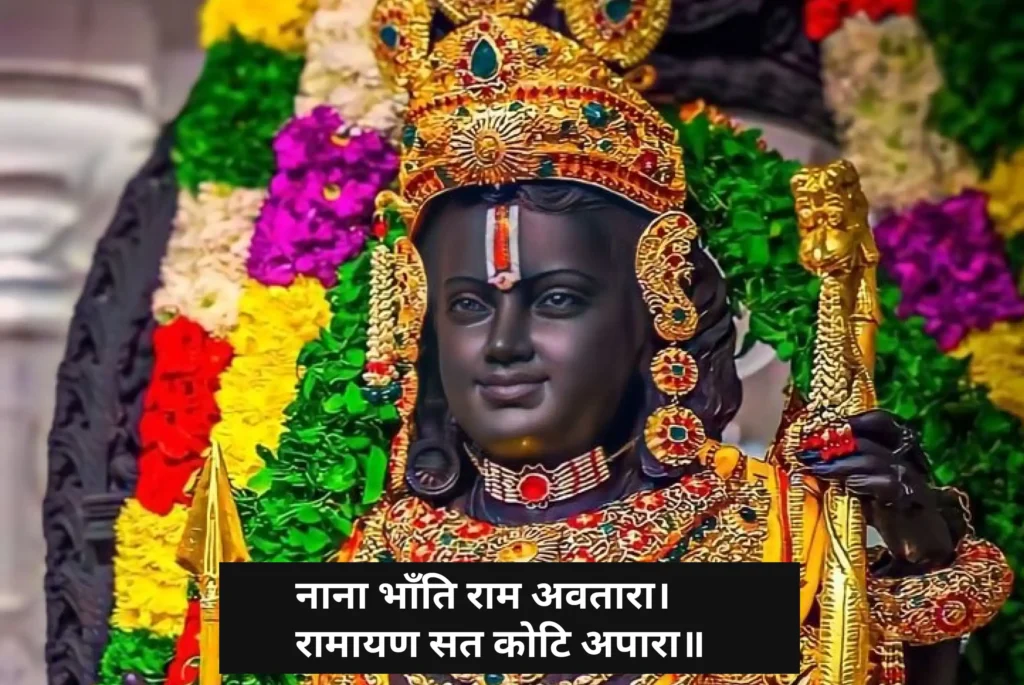Story of Dashavatar In Hinduism, we are well aware of the 10 incarnations (Dasavatar) of Vishnu. How Lord Vishnu incarnated as the protector of the universe and saved the earth many times. Vishnu has had many incarnations (about 24), but these 10 incarnations are the most important. To some extent they are in line with science and in my view they are related to Charles Darwin’s theory of evolution.
Table of Contents
Story of Matsya Avatar | Incarnation as a Fish
Matsya Avatar is one of the ten major incarnations of the Hindu god Vishnu. In this incarnation, Vishnu is believed to have taken the form of a fish to save the world from a major flood. The story of Matsya Avatar is described in many ancient Hindu texts including the Puranas and the Mahabharata.
According to legend, a demon named Hayagriva stole the Vedas, the sacred scriptures of Hinduism, and hid them at the bottom of the sea. Vishnu took the form of a fish and appeared before King Manu, warning him of an impending flood that would destroy the world. Vishnu instructed Manu to build a big boat and take with him the seeds of all plants and animals to save them from floods.
When the flood came, Vishnu appeared to Manu in the form of a fish and guided him and the other survivors to safety. The fish then revealed his true identity as Vishnu and retrieved the Vedas stolen from the demon Hayagriva.
The Matsya incarnation is seen as a symbol of protection and conservation as well as a reminder of the importance of maintaining the balance of the universe. The story of the Matsya incarnation is also linked to the Hindu concept of the cyclical nature of time, with a great flood marking the end of one era and the beginning of a new one.
The Matsya avatar is often depicted in Hindu art and iconography as a fish along the upper body of Vishnu. Matsya Jayanti, which celebrates the birth of the Matsya avatar, is an important festival for many Hindus, especially in North India.
Story of Kurma Avatar | Incarnation as a Turtle
Kurma avatar is one of the ten major incarnations of the Hindu god Vishnu. In this incarnation, Vishnu is believed to have taken the form of a tortoise to help the gods and demons during the churning of the cosmic ocean, known as Samudra Manthan. The story of Kurma Avatar is described in many ancient Hindu texts including the Puranas and the Mahabharata.
According to legend, gods and demons wanted to obtain the elixir of immortality, which was hidden at the bottom of the cosmic ocean. However, they could not reach it on their own. Vishnu appeared in the form of Kurma, a giant tortoise, and offered to support the mountain on his back, which was used to churn the ocean. Due to the churning, many valuable things came out of the ocean, including the elixir of immortality.
During the churning, the demons tried to take the nectar for themselves, but Vishnu, in the form of Mohini, a beautiful sorceress, tricked them and gave the nectar to the gods instead.
The Kurma incarnation is seen as a symbol of support and stability, as well as a reminder of the importance of working together to achieve a common goal. The story of Kurma avatar is also linked to the Hindu concept of dharma, or religious duty, as Vishnu helped the gods and demons fulfill their respective duties in the churning of the ocean.
The Kurma avatar is often depicted in Hindu art and iconography as a tortoise with Vishnu’s upper body. Kurma Jayanti, which celebrates the birth of Kurma Avatar, is an important festival for many Hindus, especially in South India.
Story of Varaha Avatar
Varaha avatar is one of the ten major incarnations of the Hindu god Vishnu. In this incarnation, Vishnu is believed to have taken the form of Varaha to save the earth goddess Bhudevi from the demon Hiranyaksha. The story of Varaha avatar is described in many ancient Hindu texts including the Puranas and the Mahabharata.
According to the legend, Hiranyaksha, a powerful demon, stole the earth goddess Bhudevi and took her to the bottom of the ocean. Vishnu appeared in the form of Varaha, a huge boar, and dived into the ocean to rescue Bhudevi. After defeating Hiranyaksha in a fierce battle, Varaha pulled Bhudevi out of the sea on his tusks and brought her back to the surface.
The Varaha avatar is seen as a symbol of protection and power as well as a reminder of the importance of saving and protecting the earth and its inhabitants. The story of the Varaha avatar is also linked to the Hindu concept of the cycle of creation and destruction, as the demon Hiranyaksha represents the forces of chaos and destruction, while the rescue of Bhudevi by Vishnu represents the restoration of order and balance.
The Varaha avatar is often depicted in Hindu art and iconography as a boar with Vishnu’s upper body attached to it. Varaha Jayanti, which celebrates the birth of Varaha Avatar, is an important festival for many Hindus, especially in South India.
Story of Narasimha Avatar | Half Man and Half Lion
Narasimha avatar is one of the ten major incarnations of the Hindu god Vishnu. In this incarnation, Vishnu is believed to have taken the form of a half-man, half-lion creature to defeat the demon king Hiranyakashipu and protect his devotee Prahlad. The story of Narasimha avatar is described in many ancient Hindu texts including the Puranas and the Mahabharata.
According to legend, Hiranyakashipu had received a boon from Lord Brahma, which made him almost invincible. He became arrogant and began to harass and persecute those who did not worship him. However, his son Prahlad remained a devotee of Vishnu, which angered Hiranyakashipu. He tried to kill Prahlad, but Vishnu appeared as Narasimha and emerged from a pillar in Hiranyakashipu’s palace. Narasimha was neither completely human nor completely animal, and he tore Hiranyakshipu with his claws at dusk, a time when there was neither day nor night.
The Narasimha incarnation is seen as a symbol of protection and justice as well as a reminder of the power of devotion and faith. The story of the Narasimha incarnation is also linked to the Hindu concept of dharma, or religious duty, as Narasimha protected his devotee Prahlad and upheld justice by defeating the demon Hiranyakashipu.
The Narasimha avatar is often depicted as a half-man, half-lion creature in Hindu art and iconography. Narasimha Jayanti, which celebrates the birth of Narasimha Avatar, is an important festival for many Hindus, especially in South India.
Story of Vaman Avatar | Dwarf Brahmin
Vamana Avatar is one of the ten major incarnations of the Hindu god Vishnu. In this incarnation, Vishnu is believed to have taken the form of a dwarf Brahmin to reclaim the three worlds from the demon king Bali. The story of Vamana avatar is described in many ancient Hindu texts including the Puranas and the Mahabharata.
According to the legend, Bali had taken over all the three worlds through his power and devotion to the gods. Vishnu appeared before Bali in the form of a dwarf Brahmin named Vamana and asked for three paces of land as donation. Bali agreed to accede to the request, but Vamana grew in size and measured the entire earth with his first step and the entire sky with his second step. When Vamana asked Bali where he should take his third step, Bali offered his head recognizing Vamana’s greatness.
The Vamana avatar is seen as a symbol of humility, charity and the importance of keeping one’s promises. The story of the Vamana incarnation is also linked to the Hindu concept of dharma, or righteous duty, as Vamana upheld the importance of dharma and reclaimed all three worlds from Bali, who had gained control through his own dharma.
The Vamana avatar is often depicted in Hindu art and iconography as a dwarf Brahmin with an umbrella and a wooden umbrella. Vaman Jayanti, celebrating the birth of Vaman Avatar, is an important festival for many Hindus, especially those in South India.
Story of Parashuram Avatar
Parashurama avatar is one of the ten major incarnations of the Hindu god Vishnu. In this incarnation, Vishnu is believed to have taken the form of a Brahmin warrior to rid the world of corrupt and tyrannical rulers. The story of Parashurama incarnation is described in many ancient Hindu texts including the Puranas and the Mahabharata.
According to legend, the warrior sage Parashurama was the sixth son of sage Jamadagni and his wife Renuka. After his father is killed by the warrior caste king Kartavirya Arjuna, Parashurama vows to rid the world of corrupt rulers and protect the Brahmin caste. He wielded a powerful ax or halberd and was a skilled warrior.
Parashurama is known for his many battles with corrupt rulers and warriors, including defeating the Kshatriya warrior caste 21 times, as well as many other famous battles. He is also associated with the creation of many holy sites in the world and the establishment of dharma, or religious duty.
The Parashurama incarnation is often depicted in Hindu art and iconography as a Brahmin warrior wielding a parashu or axe. Parashurama Jayanti, which celebrates the birth of Parashurama avatar, is an important festival for many Hindus, especially in South India.
Story of Ram Avatar
Ram Avatar is one of the ten major incarnations of the Hindu god Vishnu. In this incarnation, Vishnu is believed to have taken the form of a human prince named Rama to uphold dharma and defeat the demon king Ravana. The story of Rama’s incarnation is described in the ancient Hindu epic Ramayana.
According to legend, Rama was born in Ayodhya to King Dasharatha and Queen Kaushalya. He was the seventh incarnation of Vishnu and was known for his righteousness, devotion and bravery. Rama was married to Sita, who was kidnapped by the demon king Ravana, leading to a war between Rama and Ravana.
With the help of his brother Lakshman and the monkey army led by Hanuman, Rama defeated Ravana and rescued Sita. Rama is also known for his unwavering commitment to dharma, as exemplified by his living in the forest for fourteen years to honor his father’s word, despite not being the rightful heir to the throne of Ayodhya. goes.
Rama avatar is often depicted as a prince or warrior holding a bow and arrow in Hindu art and iconography. Ram Navami, which celebrates the birth of Ram Avatar, is an important festival for many Hindus, especially in North India. The story of Ram Avatar has also had a profound influence on Hindu culture, philosophy and literature and is considered a central part of the Hindu tradition.
Story of Krishna Avatar
Krishna Avatar is one of the ten major incarnations of the Hindu god Vishnu. In this incarnation, Vishnu is believed to have taken the form of a human prince named Krishna to preserve the Dharma and guide humanity towards spiritual liberation. The story of Krishna incarnation is described in the ancient Hindu epic, Mahabharata as well as other Hindu texts such as Bhagavata Purana and Harivamsa.
Krishna was born in Mathura to King Vasudeva and Queen Devaki, but was raised by his foster parents, Nanda and Yashoda, in the village of Vrindavan. As a young boy, Krishna displayed extraordinary qualities and performed miraculous feats such as lifting Mount Govardhan to save villagers from a storm.
As a young man, Krishna was a charismatic leader and skilled warrior who played an important role in the events of the Mahabharata. He served as the charioteer and advisor to Arjuna, one of the Pandava brothers, during the Kurukshetra war. He also gave the Bhagavad Gita, a fundamental Hindu text, to Arjuna on the battlefield.
Krishna is also known for his playful and romantic side, especially his love for Radha and the gopis of Vrindavan. His youthful exploits, such as stealing butter and playing the flute, have become popular subjects in Hindu art and literature.
The Krishna avatar is often depicted in Hindu art and iconography as a young prince or cowherd, playing a flute and surrounded by cows and gopis. Janmashtami, which celebrates the birth of Krishna Avatar, is an important festival for many Hindus, especially in North India. The story of Krishna Avatar has had a profound influence on Hindu culture, philosophy and spirituality and is considered one of the most popular and beloved incarnations of Vishnu.
Story of Buddha Avatar
The Buddha incarnation is considered by some to be an incarnation of Vishnu, although this is a matter of debate within Hinduism. According to some Hindu traditions, the Buddha Avatar is considered to be the ninth incarnation of Vishnu, who took human form to teach people the path of Dharma and help them achieve spiritual liberation.
The story of Buddha’s incarnation is not described in traditional Hindu texts but in Buddhist texts. According to Buddhist tradition, Siddhartha Gautama was born into a royal family in present-day Nepal and was raised in luxury. However, he became disillusioned with his privileged life and set out on a spiritual quest to understand the nature of suffering and find a way to end it.
After years of intense meditation and spiritual practice, Siddhartha attained enlightenment and became known as the Buddha, meaning “the awakened one.” He spent the rest of his life teaching others the path of enlightenment, which became known as Buddhism.
While some Hindu traditions consider the Buddha to be an incarnation of Vishnu, others see him as a separate teacher and spiritual figure. Despite this, the Buddha’s teachings have had a profound influence on Hinduism as well as the wider world. Buddha’s emphasis on compassion, nonviolence and meditation still inspires millions of people around the world.
Kalki Avatar – Tenth Incarnation of Vishnu
Story of Dashavatar
Kalki Avatar is considered to be the final incarnation of Lord Vishnu in Hinduism, who is yet to appear at the end of the current Kaliyuga (the fourth and final phase of the world cycle). Kalki Avatar is said to descend on earth riding a white horse, carrying a sword and end the present age of darkness and destruction.
Prophecies regarding Kalki incarnation are described in various Hindu texts such as Mahabharata, Vishnu Purana and Bhagavata Purana. According to these texts, the Kalki incarnation would be born in a Brahmin family in the village Shambhala, said to be located in present-day Uttarakhand or a remote and secret place beyond the Himalayas.
Kalki avatar is said to have divine qualities and will destroy evil and establish a new era of peace and righteousness. He will defeat the demon Kali, who symbolizes the forces of darkness and ignorance in the world. After his mission is accomplished, Kalki Avtaar will disappear and the cycle of creation, preservation and destruction will continue.
The arrival of Kalki Avatar is considered a sign of hope and promise for many Hindus, who believe that her arrival will bring a new era of spiritual awakening and transformation.



